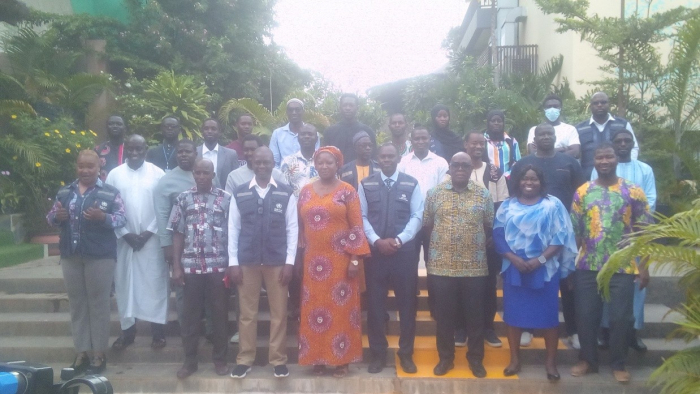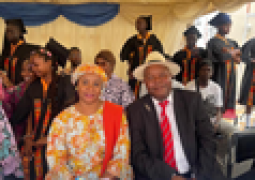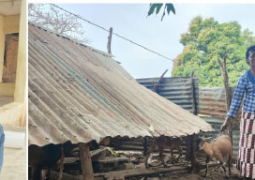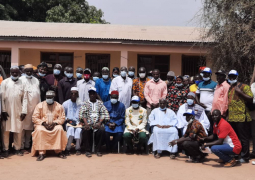
Moreover, officials described the move as timely in view of the ever-increasing global health threats from antimicrobial resistance to emerging infectious diseases.
In his welcoming address, Selassi Amah D'Almeida, Health Policy Advisor at World Health Organisation, while expressing appreciation, commended the Minister for Health and all stakeholders for convening this timely and strategic gathering.
The forum, he said, would enable them to learn and discuss some new trends as far as environmental surveillance is concerned.
"In this era of increasing global health threats, from antimicrobial resistance to emerging infectious diseases, environmental surveillance offers a proactive lens through which we are able to do our work effectively as public health specialists, as it enables us to safeguard our communities and strengthen our health systems."
He spoke of WHO’s unwavering commitment to supporting The Gambia in strengthening surveillance capacities.
"Through our collaboration with the Minister of Health, we aim to enhance laboratory networks, improve data systems, and promote cross-sectoral coordination. We are also working to ensure that environmental surveillance contributes meaningfully to achieving universal health coverage and sustainable development goals, particularly SDG 3 on health and well-being."
Sidat Fofana, programme manager, Expanded Programme on Immunization (EPI), said the move is another important aspect of the global polio eradication initiative, which all countries of the African region are doing.
Fofana reminded that the country’s continued battle against polio eradication lies on four key aspects, noting that they have very high routine coverage in this country, especially Polio 3.
He recalled that the country over the past few years, experienced some challenges but off recent with support from partners like WHO, they have been able to remarkably improve.
"So, when you don't perform in one of your sites, this warrants assessment. So that you improve, or you do otherwise. This is all the more reason that we have this very important assessment today, to be conducted by the eminent resource persons from our sub-regional offices."
Dr. Ibrahim Idris Ibrahim, Polio Eradication Programme (PEP), WHO African Regional Office in Brazzaville, explained that the main objective of their Gambia mission is actually to support the polio program as part of the global polio eradication initiative.
"And specifically, what we're here to do is to review the environmental surveillance system in The Gambia and try to see if we can find ways to optimize and improve on it. Just as a brief background, as we all know, polio eradication has been going on now for quite a number of years."
He observed that one of the critical strategies in polio eradication is disease surveillance, adding that now, there is a need to have a way to be able to track how the polio virus is moving around.
He spoke about the two main strategies that they're using for disease surveillance, pointing out that one of the strategies is to do surveillance for acute flaccid paralysis.
The second strategy, he added, is to see ‘if they can find or isolate any types of polio viruses in the environment.’
Ebrima Touray, deputy director Public Health Services, acknowledged that environmental surveillance in the country started since 2021 and the initiative is a key component of the country's efforts to maintain polio-free status, which has been declared since 2004.
"Environmental surveillance came to complement our AFP surveillance by monitoring sewage or wastewater for polio virus, helping us to detect silent circulations in a population where routine immunization is high. But gaps can occur due to population movements, due to under-vaccinated communities, or also due to cross-border risks."
In light of that, he said, the Ministry with support from WHO, and the Global Polio Eradication Initiative implemented ES in three sites in this country.
He informed that environmental surveillance is routinely conducted in these three sites every two weeks to enable them know how to complement the exercise.




